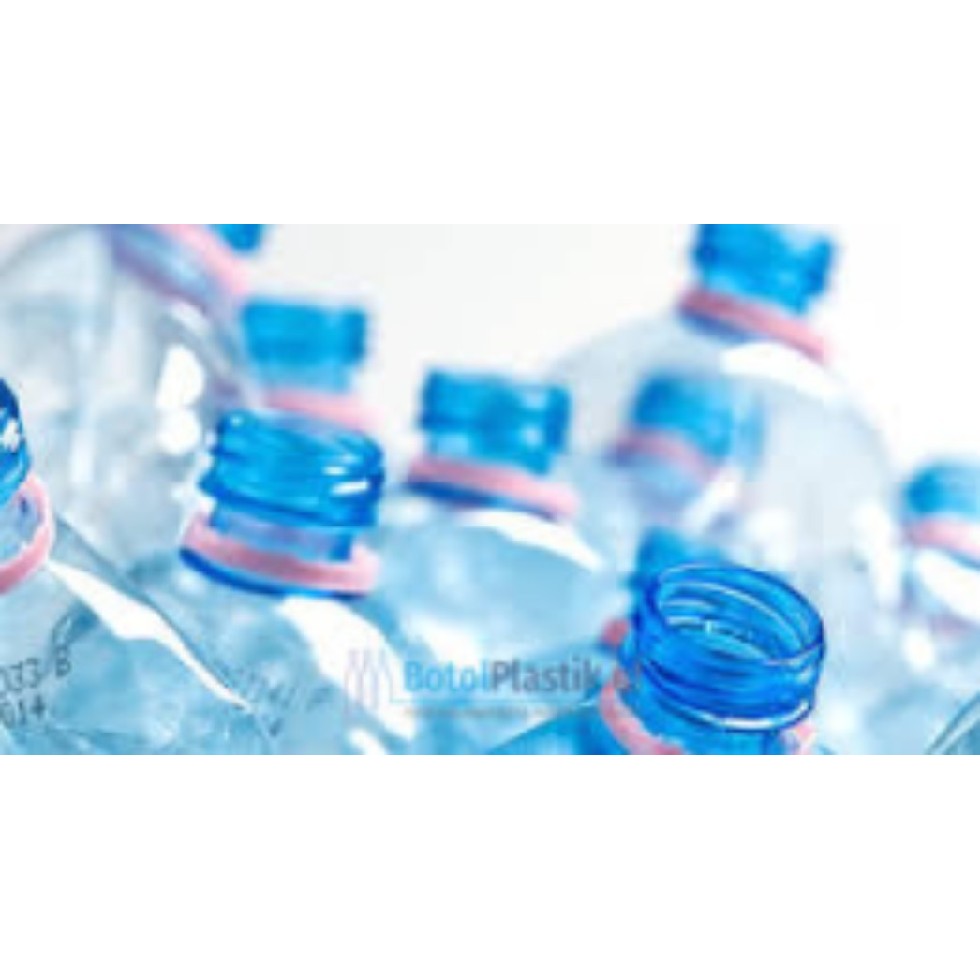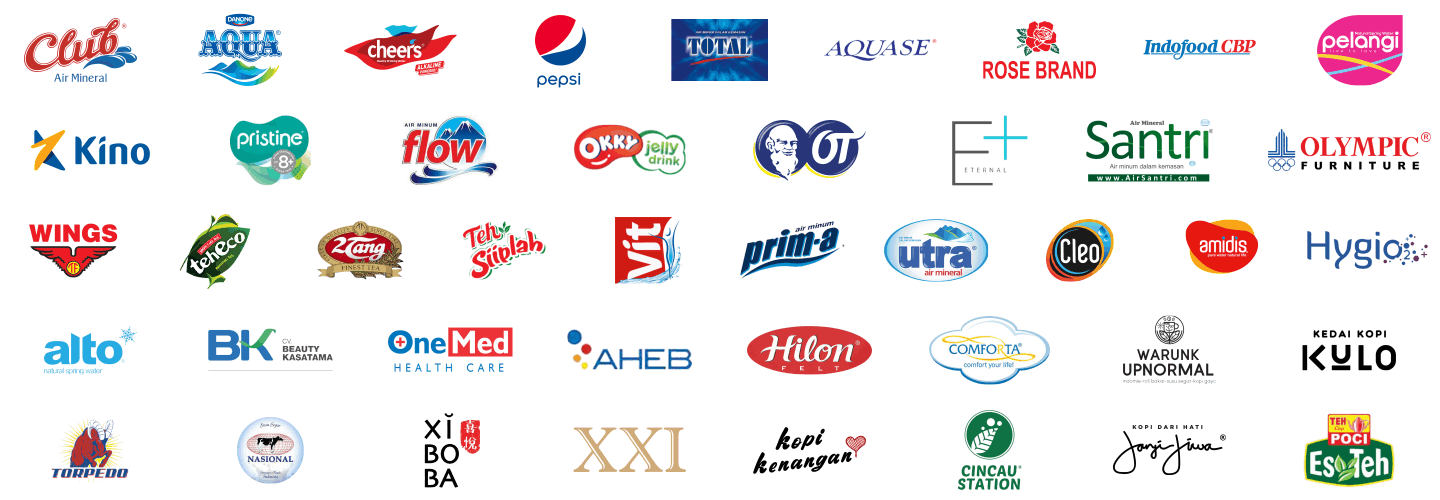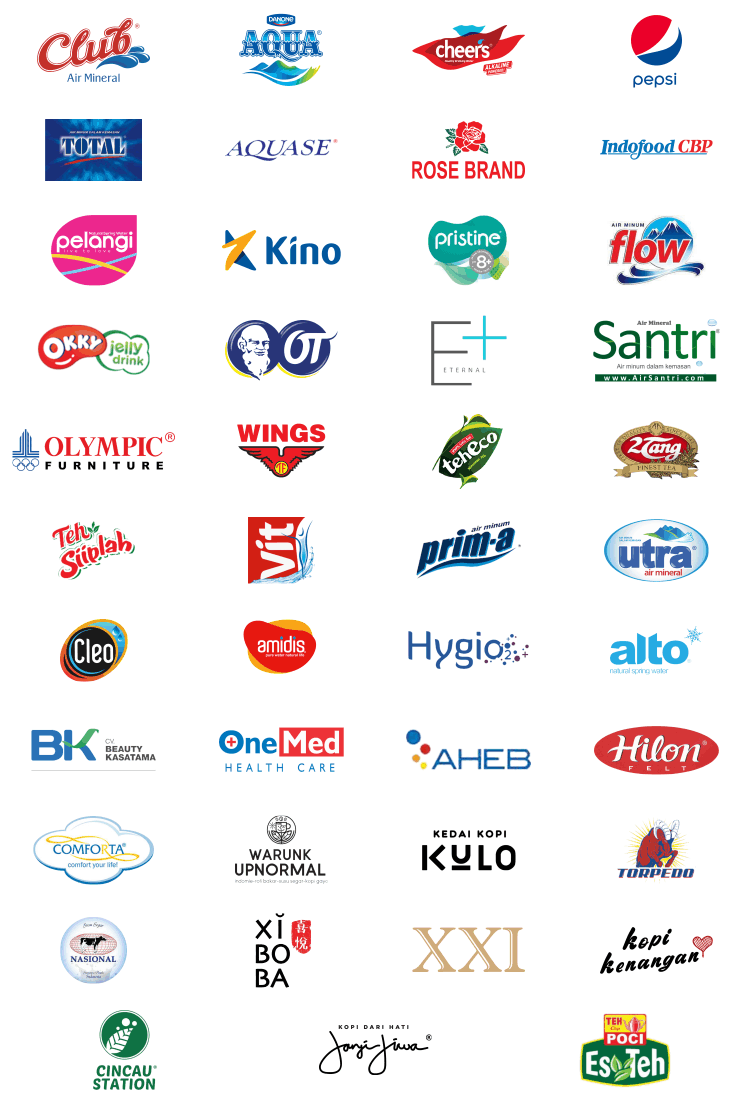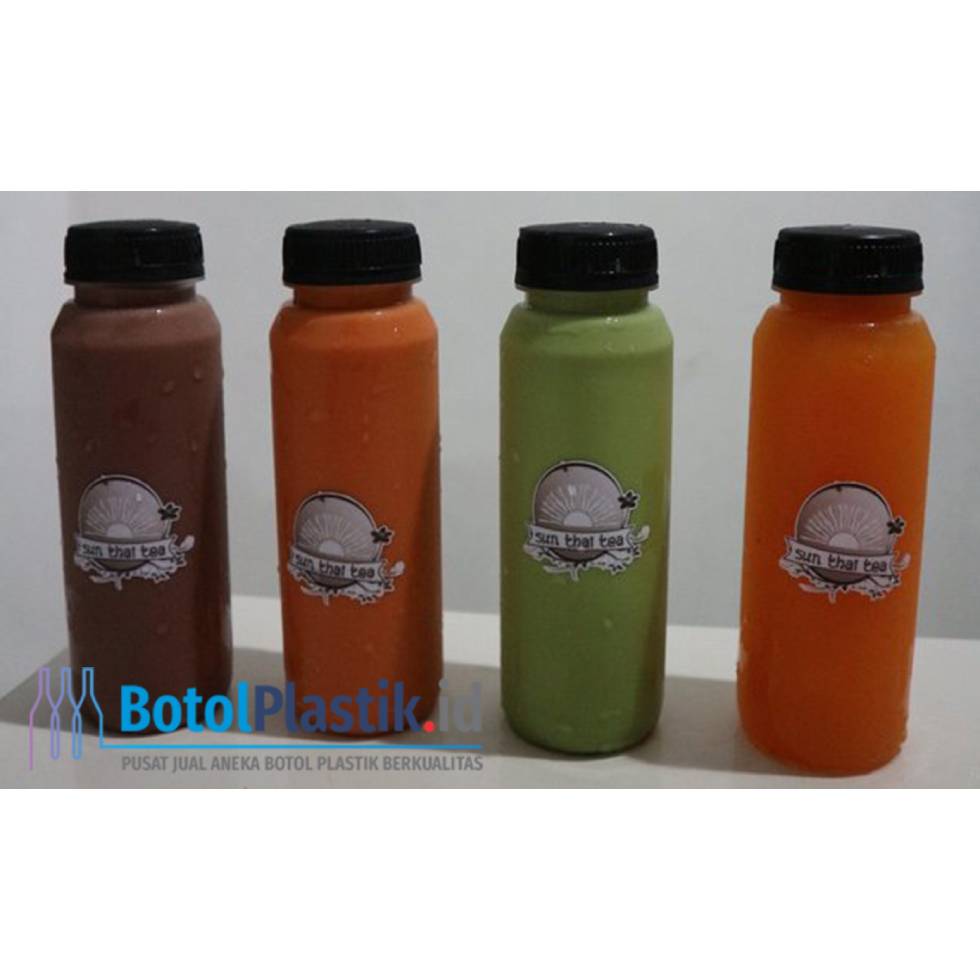
Polyethylene terephthalate is a plastic polymer that is widely used in the chemical industry. The function of polyethylene terephthalate itself is used as an ingredient in beverage bottles, food containers until it is used for glass fiber with a mixture of other ingredients.
Polyethylene terephthalate is commonly abbreviated as PET or PETE plastic. If the material in the form of a bottle or packaging contains this plastic, then there is a code #1 label on the top or bottom of the packaging.
What is Polyethylene Terephthalate?
Polyethylene terephthalate is the most abundant thermoplastic and is easy to recycle when compared to others. This PET plastic can be recycled back into the fabric, plastic sheets, or vehicle components.
It is known that polyethylene terephthalate (PET) has similarities with PBT plastic. PET has the physical characteristics of being very flexible and translucent. However, according to the manufacturer, PET plastic can be made into products that have semi-rigid or rigid properties
The Beginning of Polyethylene Terephthalate
Polyethylene Terephthalate is a PET plastic that was discovered and continued to be developed in the mid-1940's by the DuPont Team. Initially, the team was looking for PET plastic for textile materials in the form of fiber and in the end, the material was given the name 'dakron'
Furthermore, in this DuPont group, John Rex Whinfield and his team received a patent and recognition of "PET" in 1941. A few years later, in the late 1950s, a scientist discovered a way to make PET in sheet form, from there. PET began to be used as an ingredient in photographic film and X-ray paper
Then in the 1970s, PET stretch-blow molding technology was invented. The technology produces hollow objects, such as bottles that have orientation on (two axes). This orientation improves the physical properties, translucency, and gas-holding properties, which are required in products such as bottles.
Polyethylene Terephthalate Recycling
Products derived from polyethylene terephthalate are the most widely used, this plastic will be collected and processed through a special washing step. It also uses other chemical treatments.
This process is used to decompose PET plastic into unfinished materials and then reprocessed into recycled PET plastic in the form of flakes, where the flakes are then processed into various products such as plastic rolls and sheets or to make fleece jackets.
Reasons to Choose Polyethylene Terephthalate
Polyethylene terephthalate (PET) plastic has a harder and stiffer material than PBT plastic. From that hardness, PET plastic can be used more efficiently for packaging
In addition, PET plastic has good electrical insulating properties and is suitable for use in translucent or transparent packaging and products. This is why many industries choose this plastic because it is safe for food packaging.
Are There Any Disadvantages Of Polyethylene Terephthalate?
PET plastic has low impact resistance compared to PBT plastic so it is not easy to shape. In addition, PET plastic can change its shape when exposed to hot or boiling water
PET Plastic Danger
There is a lot of information that says that PET is dangerous to be reused for drinking water storage. The main reason for this statement is because of the concern that the chemicals contained in the bottle are transferred to the drinking water in it.
In fact, there is no ingredient in a package that really doesn't act, it could be that the taste of the food will be absorbed by the pet package and from this it can be concluded that the components of the pet package or polyethylene terephthalate are able to move into the object inside.
Other
Follow Kami
di Instagram
Dapatkan informasi dan update seputar produk Botol Plastik serta aneka informasi menarik.


Our Customers :




.jpg)
.jpg)
.jpg)
.jpg)
